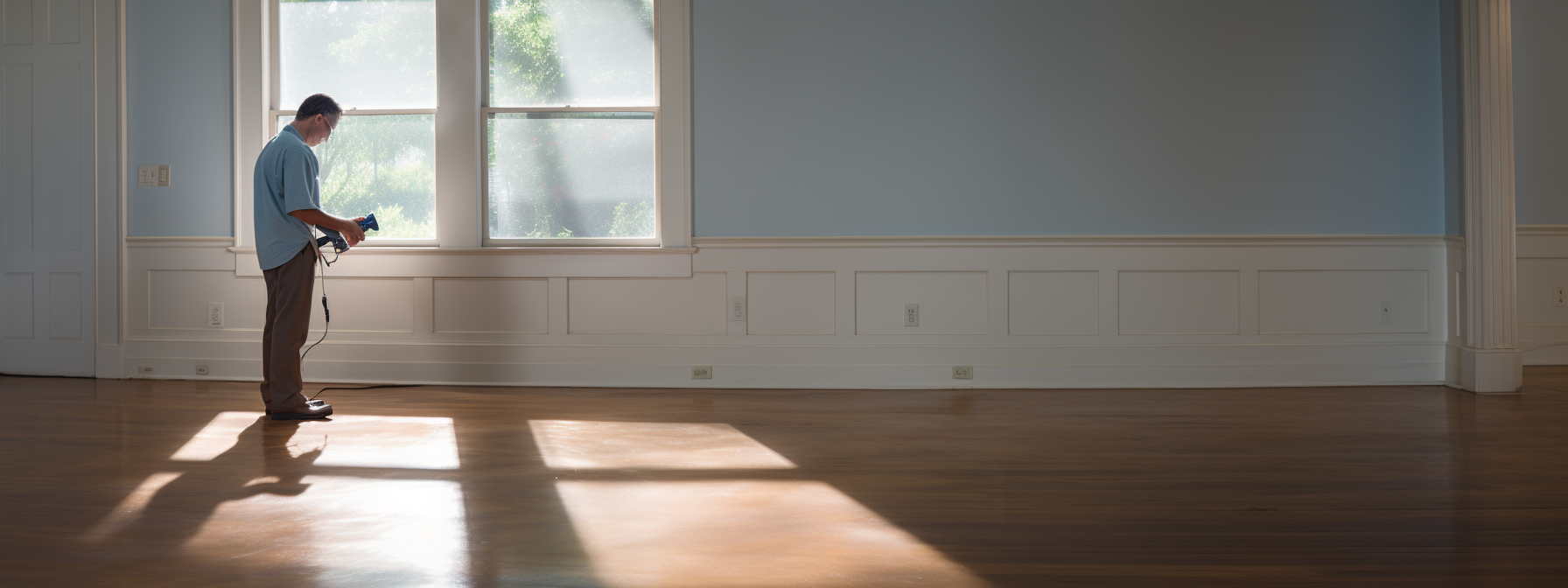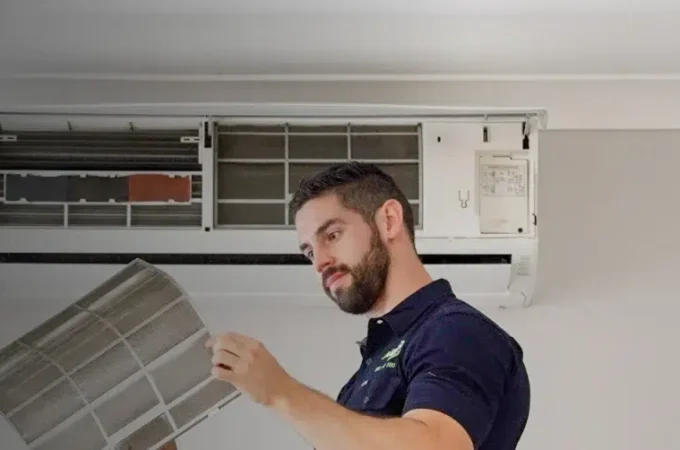
How To Restore a Home After Experiencing Severe Water Damage
Water damage is every homeowner’s worst nightmare. It can lead to significant problems, from structural damage to the growth of hazardous mold. Dealing with these issues can feel overwhelming. In this article, we provide a comprehensive guide on effectively restoring your home after a costly water damage incident.
Understanding the Severity of Water Damage: The First Step to Restoration
The first step in any water damage restoration process is to understand the severity of the damage. This will require a careful and thorough inspection of the home and the affected areas. You will need to check for obvious signs, such as discoloration on walls, ceilings, and floors, and any unusual smells.
All types of water damage are not the same. For example, clean water damage, such as a sink overflow, is less harmful than “black water” damage from sources like sewage backups.
It’s also essential to assess the extent of structural damage and take suitable precautions. Depending on the damage severity, you may need to move out of the house until it is fixed temporarily.
Key Elements To Consider Before Initiating the Restoration Process
Before you start the restoration process, there are several key elements to consider. First and foremost, ensure that the situation is safe. This includes turning off the electrical power, especially in the rooms affected by water damage. You also need to wear personal protective equipment to prevent any health risks.
Besides, you must hire a professional cleanup crew or rent roll-off containers to dispose of damaged items properly, especially if contaminated by hazardous materials.
Also, reach out to your homeowners’ insurance company to find out what’s covered under your policy. It’s crucial to understand your coverage before you start the repair work.
Lastly, make sure to have a well-structured plan to address the damage. Having your home assessed by professionals will help determine the severity of the damage, the necessary repairs, and the cost.

Pro Tips for Drying Out and Dehumidifying Your Home After Water Damage
Drying out your home is paramount following water damage. Begin by ventilating the area as much as possible. Open the doors and windows to encourage airflow, and consider using fans to speed up the process.
Next, use dehumidifiers and heaters to help eradicate lingering moisture. These tools are essential in preventing the growth of mold and mildew.
Remember, drying out your home is a slow process. While it may be tempting to rush, doing so may not remove all the moisture, leading to potential long-term problems.
How to Safely Clean and Disinfect Your Home Post Water Damage
Once your home is dried, the next step is cleaning and disinfecting. This process is crucial in removing potential health hazards such as bacteria, viruses, and mold.
Disposal of any items that cannot be thoroughly cleaned and disinfected is advisable. Use commercial cleaning products or hot water and detergent mixture to clean hard surfaces. After cleaning, thoroughly disinfect these surfaces to kill any remaining microorganisms.
Cleaning also includes removing any silt or debris left behind by the flood. Ensure you wear protective clothing during this task to prevent contamination.
Repair and Rebuild: The Final Phases of Restoring Your Home After Water Damage
The final stages of restoring your home involve repairing and rebuilding. This might entail fixing structural damage to walls, floors, or ceilings, replacing damaged electrical systems, and repainting.
Depending on the scale of the water damage, some homes may require significant structural repairs or even a complete rebuild.
Always contact professionals to carry out these tasks. They ensure the rebuilding process meets the required building codes and safety measures. Consider involving a water damage service to guarantee a comprehensive and effective restoration process.
Dealing with water damage requires careful planning and execution. Understanding the process is valuable whether you decide to take on some tasks yourself or call in professionals. It facilitates effective restoration and helps prevent possible future water damage incidents.




